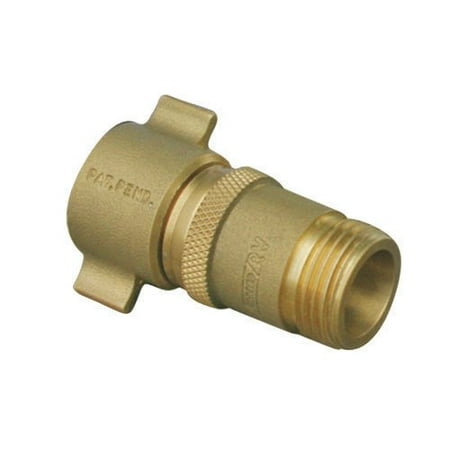Gordon B
Veteran Member
Hi to all,
We have a place to connect a water hose to the boat to utilize the water at the dock. We have the right hose that we use to fill our tanks but would like to connect so we have continuous water while we are at the dock.
Is there any caveat that we should be aware of?
Should the water pump be shut off because of the city water pressure?
etc. etc.
Thanks
Gordo
We have a place to connect a water hose to the boat to utilize the water at the dock. We have the right hose that we use to fill our tanks but would like to connect so we have continuous water while we are at the dock.
Is there any caveat that we should be aware of?
Should the water pump be shut off because of the city water pressure?
etc. etc.
Thanks
Gordo


